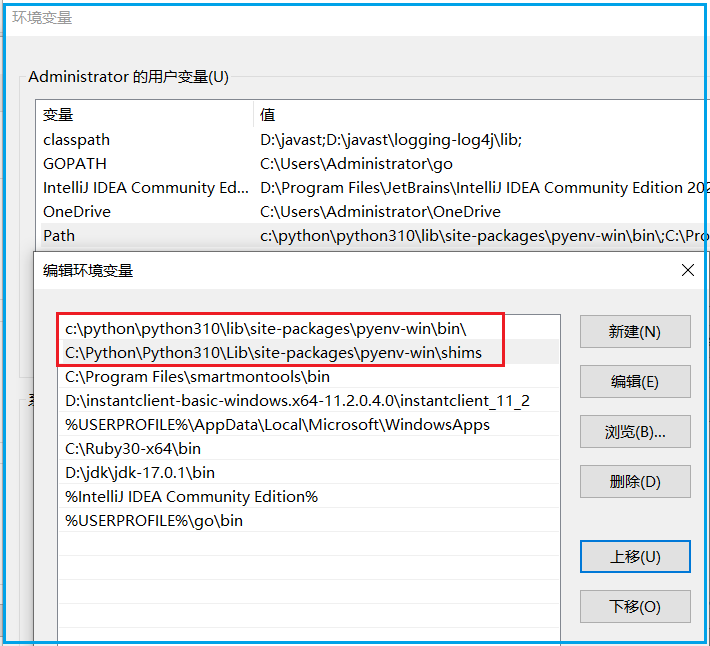

I suggest just copying and pasting this command: There's a big list of packages to install. Alternatively you can run:Įxec $SHELL Step 4 - Install the system packages Restart the terminal by closing it and reopening it. Go to the end of the file and add the following three lines: Run the following to open the Nano editor: This lets your terminal know where to look for the pyenv versions of Python. You can do this with SSH or directly on your Pi as a desktop.

If you haven't set up your Raspberry Pi yet, you can follow my tutorial for that here.


 0 kommentar(er)
0 kommentar(er)
